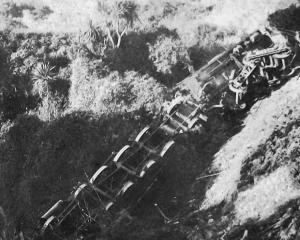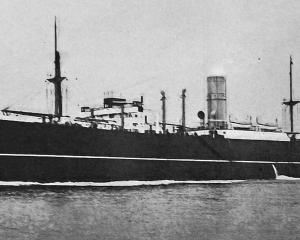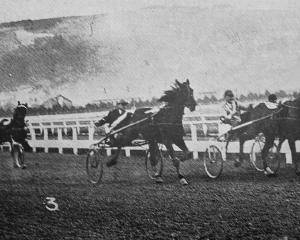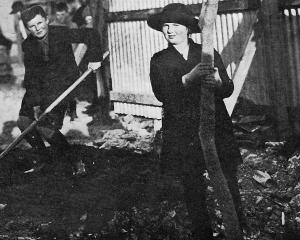
The completion of the three-quarters of a century may justly be regarded as a notable milestone, the significance of which will be pondered by wisehearted people, though doubtless it does not vie in point of interest with the well-remembered occasion of the provincial jubilee in 1898.
The period, however, which we mark today possesses a natural value of its own, and is by no means negligible as furthering an appropriate opportunity of taking stock, as it were, of past experience, present conditions, and future potentialities.
It may also be an occasion for the renewing of resolutions to do what in us lies to further the prosperity, in the truest and richest sense, of the provincial district and city which have a communal claim upon our individual and co-operative service.
There are few who cannot do something, imperceptible perhaps but none the less appreciable, to help in furthering such a measure of civic and provincial progress during the next twenty-five years as shall impart to the centenary celebrations in 1948 a spirit of unqualified jubilation consonant with the characteristic traditions of the settlement.
— editorial
A settler’s arrival
From the diary of a passenger by the John Wickliffe:
‘‘March 23 — A great day. I was awakened about 4 o’clock by the sailors weighing up the anchor, as the wind was north-east (favourable). As we entered into the harbour we are struck by the most delightful and picturesque and romantic scenery; heights on either side of us. We saw the Native village on the Native Reserve, and further on a small village of settlers and whalers. The cormorants rose out of the water as we approached by the thousands, and we saw land snipes, gulls etc; the scenery as we gained Port Chalmers, where we anchored, put me in remembrance of a great part of Cumberland scenery.
As a small schooner was on the point of sailing for Wellington, several of us who had letters written ready to be posted at any time handed them over to the safe keeping of the captain, to be posted at Wellington on his arrival, for England, Scotland etc. With the doctor and several others we went ashore, and at Port Chalmers were joined by Henry and John Monson, who had landed earlier from the ship, and all went up into the bush.
We dined at 4 o'clock with two Maoris in the bush on fish and sweet potatoes. Thence up to the heights, and rambled amongst the supplejacks, cabbage trees, fern weeds, shrub plants and brambles which abounded. There were birds of various species, such as thrushes (green and grey), robins (with white breast and brown back and head), linnets, buntings, tuis (the mocking bird of the starling species, with two white tufts under their bill and grey feathers on the hackle of the neck), canaries, kakas (or large parrots), pigeons, and numerous owls etc.
We were overtaken with night coming on, and we persevered in making our way through thick and dense bush. After we had scrambled for an hour or so, the others squatted down for the night, and I left them and took my course down a mountain stream to the coast. I had to make my way up to my middle in the water and clamber round the difficult parts. I was told to sleep in the strawhouse, as I could not get admittance elsewhere at that hour (11pm).’’
— ODT, 23.3.1923; compiled by Peter Dowden












